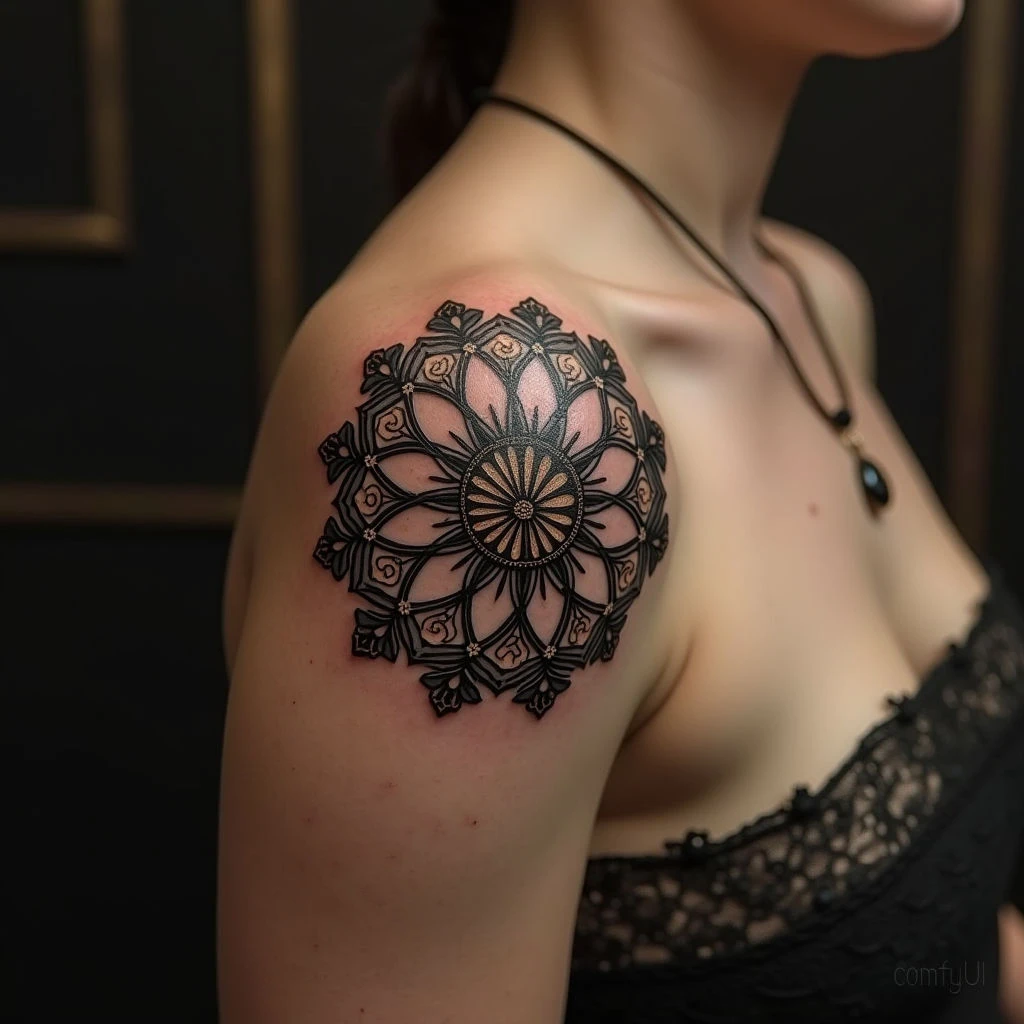Buddhist Tattoo Symbolism: Understanding and Respect
The practice of tattooing holds deep roots in many cultures, but it’s vital to approach Buddhist symbolism with reverence and understanding. These aren't mere decorative elements; they are powerful representations of spiritual concepts, practices, and deities within a rich tradition spanning millennia.
Understanding the Symbols
-
Lotus Flower (Padma)
Represents purity, enlightenment, and rebirth, rising above suffering through adversity. Its symbolism is profound but often diluted in popular culture.
-
Dharma Wheel (Chakra)
Symbolizes the Buddha’s teachings and the path to liberation. Each spoke represents a different aspect of the Dharma.
-
Om Mani Padme Hum
A mantra invoking compassion and wisdom, embodying Avalokiteśvara, the Bodhisattva of Compassion. Its significance is deeply rooted in Tibetan Buddhism.
-
Eight Auspicious Symbols (Ashtamangala)
Represent a complete path to enlightenment—parasol, golden fish, treasure vase, lotus, conch shell, endless knot, victory banner, and Dharma wheel.
Respectful Representation & Avoiding Appropriation
It’s crucial to understand that wearing Buddhist symbols is not simply about aesthetics. It carries profound spiritual weight for practitioners. Non-Buddhists should seek education and understanding before getting these tattoos. Consultation with a knowledgeable practitioner or scholar is highly recommended.
Cultural Context
Buddhist symbolism has been historically intertwined with cultural practices and lineages. Understanding this context is essential for responsible representation. Always prioritize education, humility, and respect when considering Buddhist imagery in tattoos.


